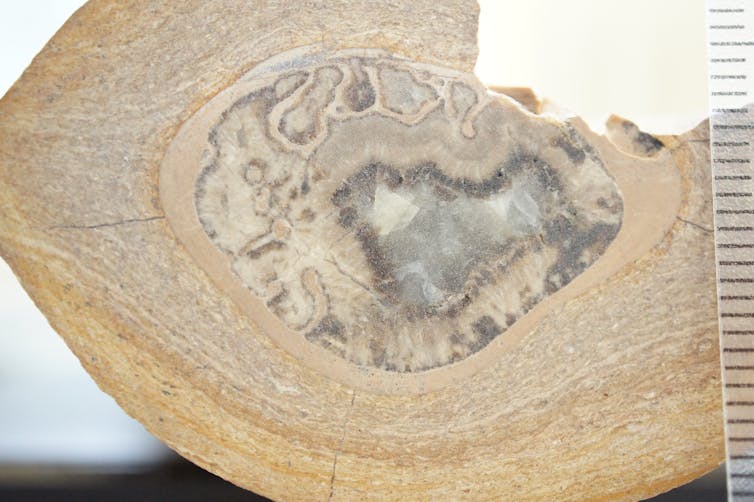A recent Guardian article shows flying creatures with necks longer than giraffe,s. Even on the ground that is hard work to keep the head up. Bird brains are small and efficient though, even those of Monarch butterflies. ' Big birds are soarers, keep flapping to a minimum. so: The alternative theory is, that
These Creatures were more like bees, having the large reproducers in their high perched nests, supplied by herds of their family of youngsters that fitted into the flight envelope of weight/ drag and power ratios.
Love of parents, eldercare in action.
These Creatures were more like bees, having the large reproducers in their high perched nests, supplied by herds of their family of youngsters that fitted into the flight envelope of weight/ drag and power ratios.
Love of parents, eldercare in action.


